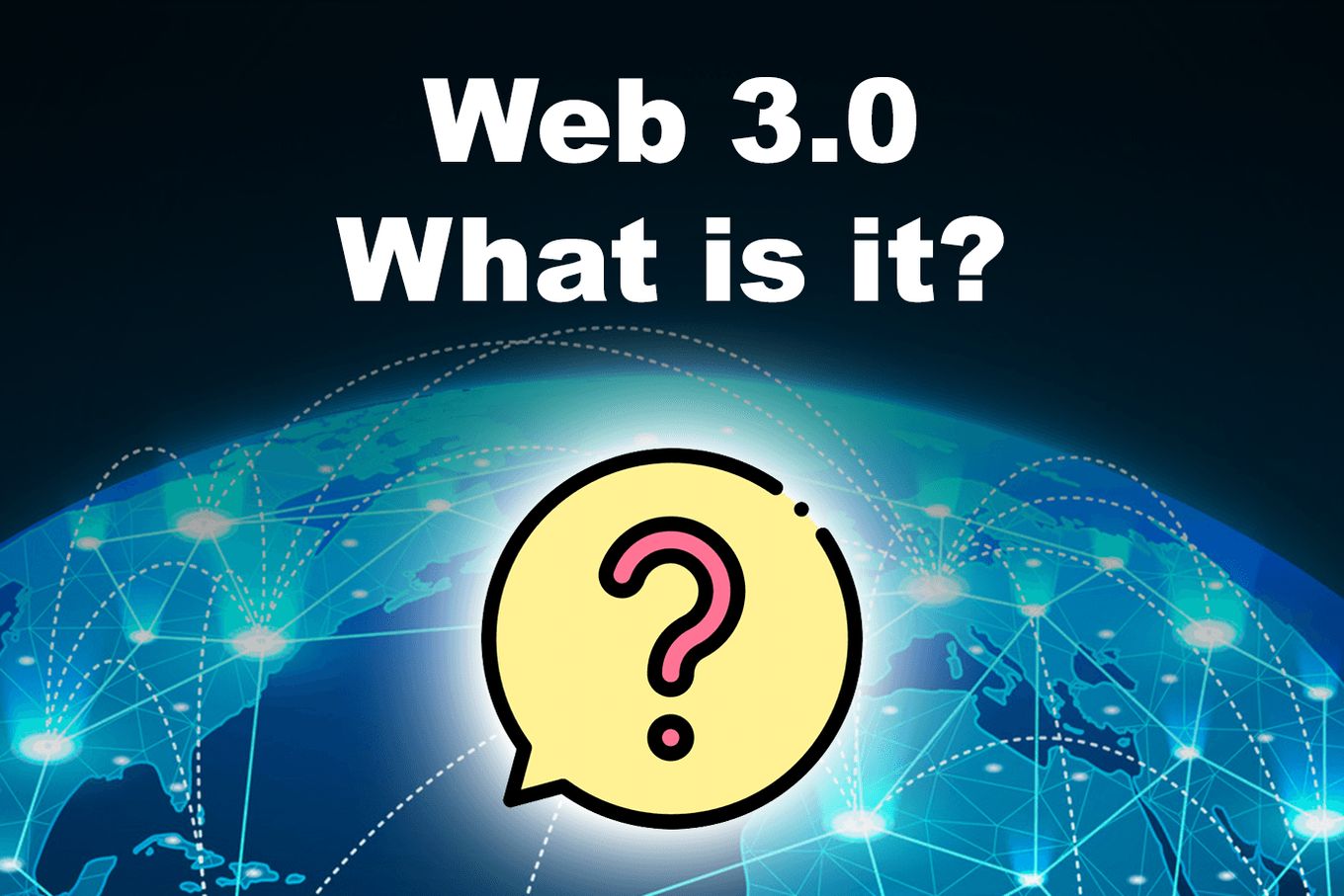We have undergone and witnessed multiple stages of the web. First came the Web1, which is commonly called “the internet”, known to almost all of us. Then the world was introduced to Web2, popularly known as the user-generated web. It is engrossed with manifestation on the onset of social media. And now we are starting to enter into the era of Web3 (or Web 3.0).
In this era of blockchain technology, you may frequently come across terms like Web2 and Web3. It can make you wonder what is web2 and web3 or the difference between Web1 vs. Web2 vs. Web3.

If like others, these terms leave you confused, you’ve come to the right place. This comprehensive guide on Web2 vs. Web3 will help you learn about these terms, their pros, cons, and more. So, keep reading.
What Is Web 2.0?
Web2 or Web2.0 is also known as the “Social Web,” and it shifted the internet from unchanged, static pages to supplementary interactive and engaging experiences. Ultra-modern technological advancements like CSS3 and HTML5 steered a clear path for startup organizations to build and grow social networks and other engaging web platforms like Instagram, YouTube, etc.
User-generated content has thrived and bloomed as applications and platforms, which are owned and possessed by a few powerful enterprises, acquired, distributed, and shared data.
These centralized enterprises started selling their accumulated data to marketers as internet users contemplated more data and information. The internet now customized Web pages to those who are viewing them. That’s how Web2 has transformed into the era of targeted marketing.
What Is Web 3.0?
Web3 or Web 3.0 is the third generation of the internet where there will be a transformation from users to owners. It is the most advanced and recent evolution of the internet that refers to a decentralized online ecosystem.
With state-of-the-art technologies like Blockchain and DeFi, digital records of intricate data and transactions are available through a decentralized communication network.
It functions without any requirement for a third-party or centralized authority, which is the cornerstone of the existence of cryptocurrencies.
Thus, blockchain plays a key role in the next stage of the internet, and it refuses to obey conventional management approaches and data storage, ensuring an exceptional solution to financial transactions without any conciliator.
Comparison of Web2 vs. Web3

| Web 2.0 | Web 3.0 |
| Recklessly Read-Write | Personal and Portable |
| Focus on Community | Focus on Individual |
| Wikis / Blogs | Waves / Live-Streams |
| Sharing content | Integrating content |
| Wikipedia | The Semantic Web |
| Web Applications | Smart Applications |
| The goal is interaction | The goal is immersion |
Related Technologies:
|
Related Technologies:
|
Examples:
|
Examples:
|
To understand what is Web2 and Web3 in-depth, you should learn more about them. From their strengths to weaknesses, you should learn every aspect of these two that revolutionized the era of the web. Find below a detailed comparison of web2 vs. web3 strengths and weaknesses:
What Are Web2 Strengths?
- No Permission Required: To utilize Web 2.0, there won’t be any need for permission. Any individual can utilize it from anywhere at any time.
- Single-Click, Easy Web Stage: With a single click, you can access a wide range of information about this web stage. Also, it’s so easy to handle that one can seamlessly search data and information that occurred recently.
- Multilingual & Rectifiable: This web stage holds the caliber to search and get information easily in multiple languages. Another benefit is that Web2 allows individuals to rectify and correct the wrong data and information on the web.
- Email & Social Media: There are numerous social media websites available on the internet to share insightful content happening across the world. Also, this web stage enables individuals to interact with one another via emails and other related services.
- Business Promotion: Web 2.0 is the stage where businesses can promote themselves and their products to a global audience. It has become one of the best, easiest, and most affordable ways of marketing brands online.
What Are Web2 Weaknesses?
- Power To Censor Information: First and foremost, the corporate components both benefitted and probably delayed the evolution of the internet. On one side, totally financed platforms such as Facebook or Twitter can invest in planning and implementing their ideas.
- Not Foolproof Servers: Today, many apps use servers that aren’t foolproof. If these apps go down somehow, there would be financial implications that could affect individuals who depend on them for their work.
- Payment Denial: Payment services need that individuals using them must adhere to certain protocols and guidelines. They may single-handedly decide to deny payment if they feel or think that those guidelines and standards are not met and respected.
To summarize, Web 2.0 provided excellent technical capabilities. However, they are offered by businesses that require users to adhere to certain protocols and guidelines.
![Web3 Gaming - What is it? [Full Explanation] web3 gaming share](https://alvarotrigo.com/blog/wp-content/uploads/2023/08/web3-gaming-share-300x150.png)
![How to Become a Web3 Developer [9 Steps to Follow] web3 developer share](https://alvarotrigo.com/blog/wp-content/uploads/2023/08/web3-developer-share-300x150.png)
![23 Best Web 3 Startup Companies in 2024 [Trendy Now] web3 startups share](https://alvarotrigo.com/blog/wp-content/uploads/2023/08/web3-startups-share-300x150.png)
![17 Best Web 3.0 Website Examples [What Is Web 3.0?] web 3 websites share](https://alvarotrigo.com/blog/wp-content/uploads/2023/08/web-3-websites-share-300x150.png)
![Best Web3 Browsers in 2024 [+ What is a Web3 Browser] web3 browsers share](https://alvarotrigo.com/blog/wp-content/uploads/2023/08/web3-browsers-share-300x150.png)
![15 Best Portfolio Website Builders in 2024 [Reviewed & Ranked] portfolio website builders share](https://alvarotrigo.com/blog/wp-content/uploads/2023/08/portfolio-website-builders-share-300x150.png)